|
This image was created on the morning of 1/12/2013 from my SUV down by the lake near my home in Indian Lake Estates, FL with the hand held Canon 500mm f/4L EF IS II USM lens, the Canon 2x EF Extender III (Teleconverter), and the unfortunately discontinued EOS-1D Mark IV that has been replaced by the Canon EOS-1D X digital SLR . ISO 400. Evaluative metering -1/3 stop: 1/2000 sec. at f/8 previously confirmed by histogram check. Central sensor (by necessity)/AI Servo/Rear Focus AF active at the moment of exposure. Click here if you missed the Rear Focus Tutorial. Click on the image to see a larger version. I was photographing single Cattle Egrets in vertical format when this one took flight so I pressed the button and made two images. Though the bird is quite low in the frame I do like the flowers, I do like the mystical dark almost foggy area at the top or the frame, and I do not usually like near-square crops. |
For Sale: Cheap
I got my last EOS-1D Mark IV back from the Canon facility at Jamesburg, NJ where it underwent a general clean and check. I took it down to the lake this morning for a test drive. As the images here show, it passed with flying colors.
Canon EOS-1D Mark IV Professional Digital camera body in good to very good condition: $2800. Body well used with a faint scratch on the rear LCD. In perfect working order. Sale includes the original box, all the cables and CDs, camera body manual, camera strap, battery charger, and an extra Canon battery. I pay for insured shipping via United Parcel Ground. Unless you show up at my house with cash you will need to send a personal check and wait until it clears. I got burned for more than $3K a few years back on the sale of a used 1D Mark III. If you are seriously interested please call me at 836-692-0906. Please leave a message if there is no answer.
Coming next: I will be selling my beloved 800mm f/5.6L IS lens in about a month. Cheap. If you are interested, please get in touch via e-mail.
|
This Turkey Vulture head portrait also was created on Saturday morning with the with the hand held Canon 500mm f/4L EF IS II USM lens, Canon 2x EF Extender III (Teleconverter),and the unfortunately discontinued EOS-1D Mark IV that has been replaced by the Canon EOS-1D X digital SLR . ISO 400. Evaluative metering at zero as framed: 1/800 sec. at f/8. Central sensor (by necessity)/AI Servo/Rear Focus AF active at the moment of exposure. Click here if you missed the Rear Focus Tutorial. Click on the image to see a larger version. |
Lesson I
There were several Turkey Vultures in a dead tree. All but this one flew as I drove into position. But this bird was blocked by vegetation from the small tree next to the dead tree. The solution? I got out of my car with the 500/2X/1D IV kit and walked up to the bird. With 1300mm effective focal length (26X magnification) it was difficult keeping the bird centered in the frame and maintaining focus.
The big problem with the original capture is that the bird is much too far forward in the frame.
|
This is the BreezeBrowser Main View screen capture for the RAW image. Under the View tab, I keep both “Show Focus Points” and “Show Flashing Highlights” checked. The latest version of BreezeBrowser supports the both the Canon EOS-5D Mark III and the EOS-1D X. Note as usual the perfect histogram. In The Art of Bird Photography II (ABP II: 916 pages on CD only) I teach you to get the right exposure using digital capture every time. Best of all, it is easy to learn. Remember, at f/8 with the 1D Mark IV you get only the central sensor (seen in red); no other AF sensor is active. The bit of black on the bill indicates a flashing highlight. In this case, that was easily recovered during conversion. The result was maximum detail in the black feathers that was beautifully revealed with NIK Color Efex Pro Detail Extractor as noted above. |
Too Centered…
In all, I made about a dozen images while standing well below the bird; this one combined the best head angle with great sharpness. The big problem was that the bird was dead-centered in the frame. What to do?
|
APTATS II to the rescue. With the bird now well back in the frame the image design went from poor to pleasing. |
APTATS II
Employing the “Composition Correction: Increase Lead Room Without Cropping/Basic” technique detailed in APTATS II allowed me to move the bird back in the frame in less than one minute. Then I did a bit of feather clean-up with the Patch Tool and the Spot Healing Brush. Then I applied a 50% NIK Color Efex Pro Detail Extractor layer on the whole image, added a Hide-all Mask, painted the effect in at 100% on the black feathers–note the increased detail there, and then painted in 50% of the layer on the bird’s face. All of the above of course as detailed in the last update of Digital Basics.
NIK 15% Discount
As regular readers know, Color Efex Pro has drastically changed my digital workflow. Little by little, I have begun using Viveza to solve sticky image optimization problems and Silver Efex Pro for fast, dramatic B&W conversions. You can save 15% on all NIK products (including Color Efex Pro, Silver Efex Pro, and Viveza) by clicking here and entering BAA in the Promo Code box at check-out. Then hit Apply to see your savings. You can download a trial copy that will work for 15 days and allow you to create full sized images.
|
This Sandhill Crane image also created yesterday with the Canon 500mm f/4L EF IS II USM lens, Canon 2x EF Extender III (Teleconverter),and the unfortunately discontinued EOS-1D Mark IV that has been replaced by the Canon EOS-1D X digital SLR . ISO 400. Evaluative metering -1/3 stop: 1/400 sec. at f/16 confirmed previously by histogram check. Central sensor (by necessity)/AI Servo/Rear Focus AF active at the moment of exposure. Click here if you missed the Rear Focus Tutorial. Click on the image to see a larger version. For this one the lens was supported by the BLUBB, the Big Lens Ultimate BeanBag. If you wish to make sharp images from your vehicle, nothing else even comes close to the BLUBB; beware of the cheap knock-offs. |
Learning to Think Digitally in the Field…
Learning to think digitally in the field is an important skill that can help you to create some great images in difficult situations. I was at f/16 for the image above as I was trying (but failing) for the staring-right-down-the-lens-barrel vertical. I knew that I had captured a pretty much perfect head angle. And while the image above is strong enough to stand on its own as a vertical, I realized that it would be much better as a horizontal with the complete bill. Since I was in Manual mode for exposure and since I was using rear focus and had already focused on the bird’s eye and since the bird held still for a moment, I pointed the lens to the right to create the image below.
|
Had I not made the second image above almost immediately my plan would not have worked. |
Source Material
The two images above would serve as source material for my stitched pano. Note that you need to learn to recognize such possibilities almost instantly so that you can create the second image before the bird (or bear) changes its position.
|
This is the final optimized image. |
Success at Last!
I assembled the stitch image manually rather than using File/Automate/Photomerge because I wanted to use only the part of the bill that I needed. I expanded canvas using the love-handles in the crop too, brought in the second image on its own layer, added a Regular Layer Mask, painted away what I did not need, cleaned the two dust bunnies, and cropped pretty close to 3X2. The resulting file is a relatively huge 71mbs.
By learning to think digitally in the field you can really help yourself out.
BIRDS AS ART/A Creative Adventure Barnegat Jetty II IPT
BIRDS AS ART/Barnegat Jetty IPT II, Barnegat Light, NJ: 2 1/2 DAYS. JAN 18 (1:30pm), 19, and 20, 2012: $999. Limit 8/Openings: 4. Includes 5 photo-sessions, both lunches, introductory slide program, image review, sharing, editing, and Photoshop.
Note: On cloudy days we grab a quick lunch and spend most of the day photographing. If you can’t make the whole thing, you can join what will likely be a small group as follows: Full Day with lunch: $400. Afternoon (1:30-dusk): $250. Call to arrange: 1-863-692-0906. Weekends OK. For more info, click here and scroll down.
Weekend Creative Nature Photography Seminar, Tampa, FL: February 23 & 24, 2013: $149 Limit: 50/Openings: 7
Join Denise Ippolito and me on the weekend of February 23-24 on the outskirts of Tampa, FL for a great weekend of fun and learning. Learn to improve your photography skills, your skill at designing images in the field, your creative vision, and your image optimization skills. Sunday critiquing session. Click here for additional details and the complete schedule.
Best to register soon as the seminar is filling up nicely.
Typos
On all blog posts, feel free to e-mail or leave a comment regarding any typos, wrong words, misspellings, or grammatical errors. Just be right. 🙂
Support the BAA Blog. Support the BAA Bulletins
We want and need to keep providing you with the latest free information, photography and Photoshop lessons, and all manner of related information. Show your appreciation by making your purchases immediately after clicking on any of our B&H (or Amazon.com) Affiliate links in this blog post. Remember, B&H ain’t just photography!


Shop Amazon
And from the BAA On-line Store:
LensCoats. I have a LensCoat on each of my big lenses to protect them from nicks and thus increase their re-sales value. All my big lens LensCoat stuff is in Hardwood Snow pattern.
LegCoat Tripod Leg Covers. I have four tripods active and each has a Hardwood Snow LegCoat on it to help prevent further damage to my tender shoulders 🙂 And you will love them in mega-cold weather….
Gizo GT3532 LS CF Tripod. This one replaces the GT3530LS Tripod and will last you a lifetime. Learn more about this great tripod here.
Mongoose M3.6 Tripod Head. Right now this is the best tripod head around for use with lenses that weigh less than 9 pounds. For heavier lenses, check out the Wimberley V2 head.
Double Bubble Level. You will find one in my camera’s hot shoe whenever I am not using flash.
The Lens Align Mark II. I use the Lens Align Mark II pretty much religiously to micro-adjust all of my gear an average of once a month and always before a major trip. Enjoy our free comprehensive tutorial here.
BreezeBrowser. I do not see how any digital photographer can exist without this program.
Delkin Flash Cards. I use and depend on Delkin compact Flash Cards and card readers most every day. Learn more about their great 700X and 1000X cards here or about my favorite Delkin card here.

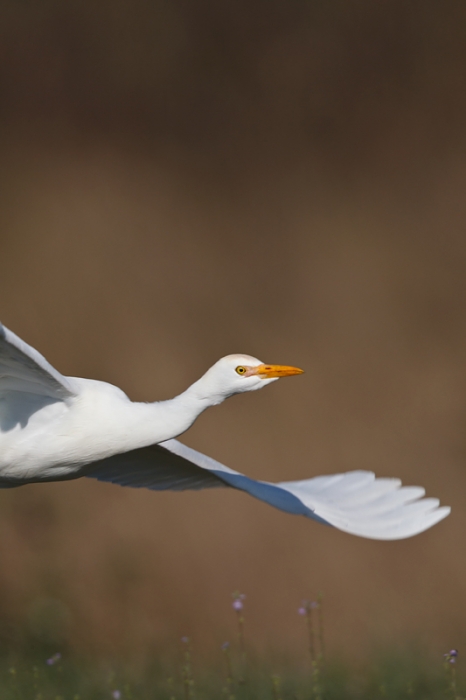
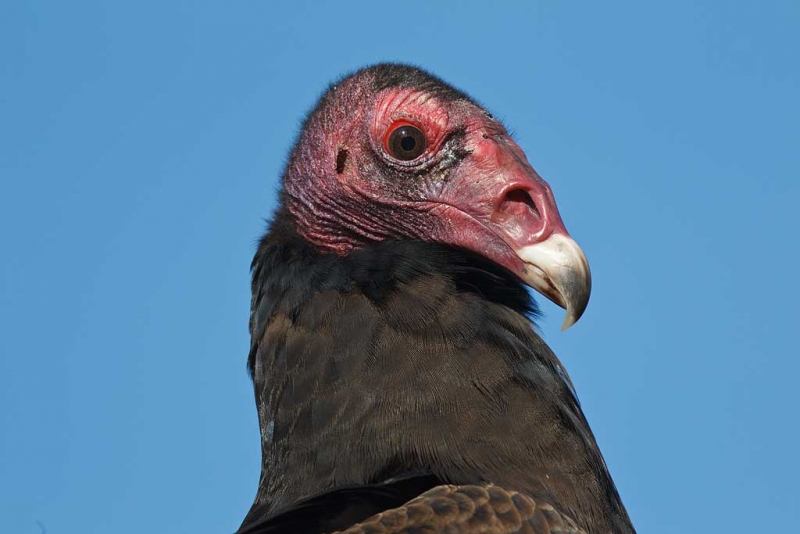
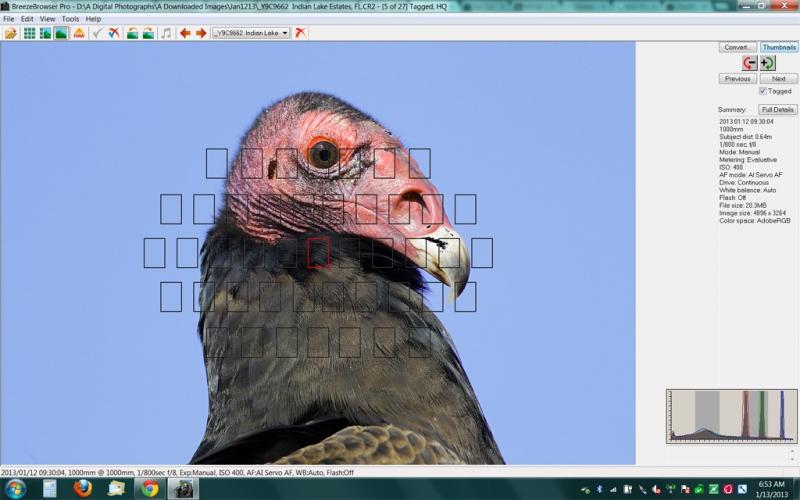
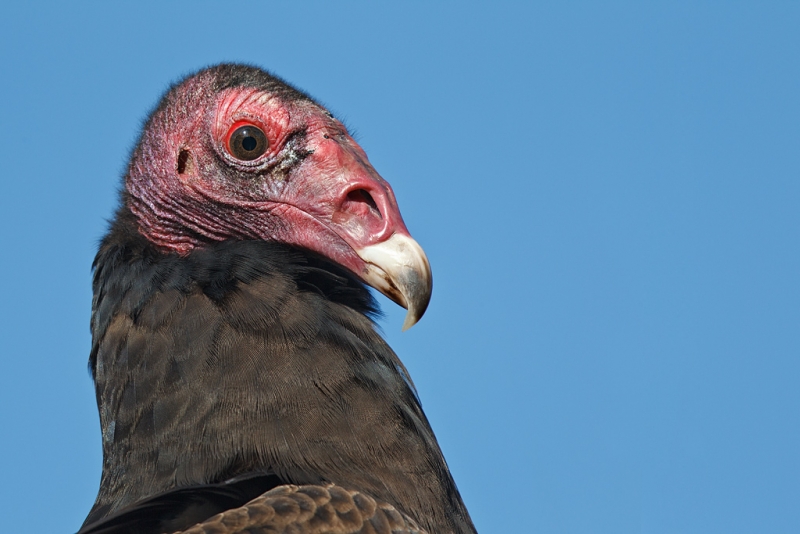
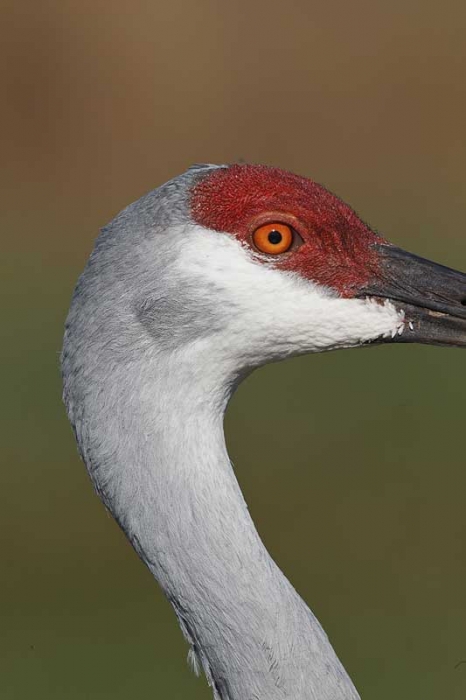
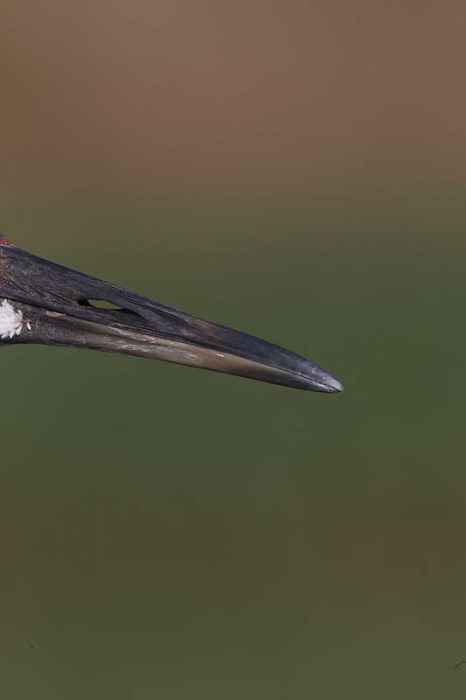
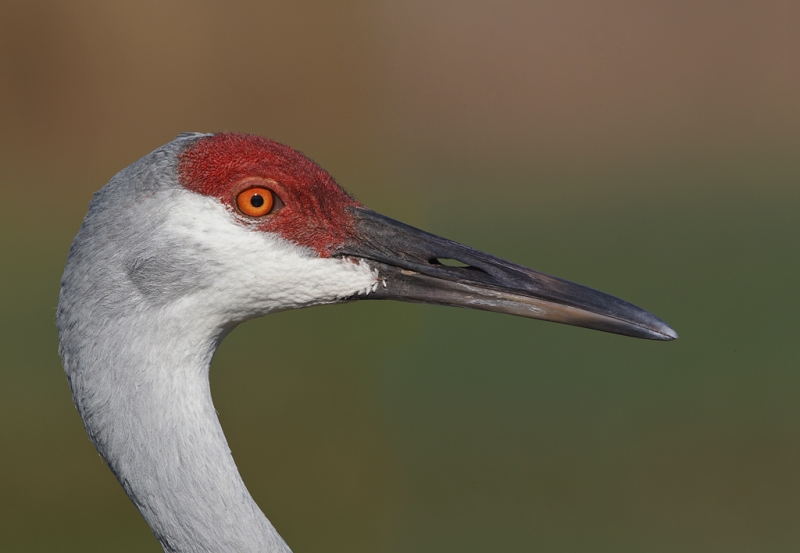
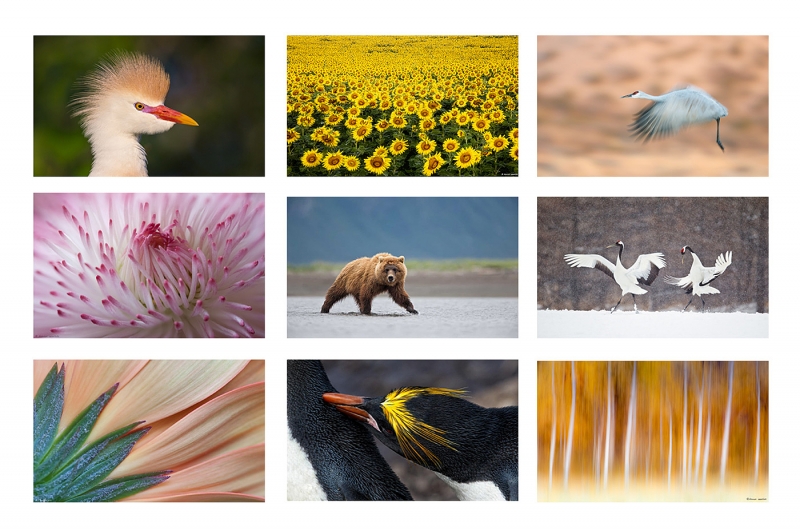













Hi Arthur,
Well, i am not a birding photographer, but i always feel i want to get into that field sooner or later, so i check many many sites about birds photography including yours, now my question is:
Which lens you think is more practical for birding, 500, 600 or 800? I can’t afford all of them or any of them, but i can save and keep an eye on one to afford in the future, which one do you recommend?
I also agree that 1DX is a remarkable flawless phenomenal camera, i never had 1D4[have mkIIIs and direct jump to 1DX], but 1DX will do the job for long time.
Your choice is between the lighter, less expensive, and easier to travel with 500II and the heavier, bulkier, more powerful 600II. I will be doing a blog post on that in about two weeks or so. I hope.
As far as you moving to the 600, I wonder if its for the reasons you posted back in ‘Will the EF 800mm f/5.6L Soon Become Obsolete?”
The major point being you achieve three focal lengths with the 600 (600, 840 with the 1.4 and 1200 with the 2x). With the 800 you’re kind of restricted to two focal lengths (800 and 1120 with the 1.4). But the one thing that you posted back then was that by going with 600, you reduce the gap between the minimum/maxium focal length on and off your shoulder.
Of course, that was back in 2011 🙂 Doug
I was pretty smart back then…. Notice the two maximum effective focal lengths.
Are you talking about that with the 600+2x = 1200mm at 6.3 versus 800×1.4 = 1120 at 6.3?
Sorry if I missed that one. You’re probably just getting up and I can’t wait to get to bed (I work the midnite shift).
Doug
Confused. Both of those combos are at f/8…. And yes, I am up early as usual.
Looking forward to your post. – Graham Hedrick
Working on it now.
Educated? Heck, that’s why I attended your seminar. You’re darn tootin’ I need educatin’. 😉
Hi Art! I, like others out there are wondering why you are selling your 800mm. I can’t wait to get a peek behind the curtain. Still deciding between a used Canon 1D mkIV vs. the Canon 1D X. I love your blog and read it every day. Thanks – Graham Hedrick
See my comments to Melissa and the soon-to-be-published blog post….
Oh! that crane!
What a shot(s)… you fox!
thx..
Thanks Deirdre. Images like that are easily possible with a 70-200 down here at ILE 🙂 See you on the SW FLA IPT. Still one slot left! Do you know Gaurav????
So, maybe 1.3 pounds lighter is an advantage for those who carry long distances. And maybe what you lose in reach with the full frame body is more than made up for with pixels and crop. But if it involves a teleconverter, I’ve stopped using them pretty much. More frames per second argument would be negligible. The expense of a new, shorter lens and a new very expensive body are disincentives. I agree it is unfortunate the Mark IV has been discontinued, but I suspect I’ll be shooting with mine until it crashes.
Life is about choices. Again, see my comments to Melissa. I use and depend on both teleconverters every time that I am in the field. Those who choose not to use them are putting themselves at a huge disadvantage.
600mm plus full frame? Can’t wait to hear your explanation. Up here in the north country it’s so tough to get close to birds that I have a hard time ever imagining I will give up my 1D4 for a 1DX. Thanks for a great lesson on thinking fast in the field.
1D IV vs 1D X is no contest as far as AF and image quality. Have never done the pixel math but it is likely fairly close.
Folks need to understand the following (that I wrote in ABP II for sure):”Competent photographers should be able to routinely create critically sharp images with f/4 super-telephoto lenses and 2X teleconverters at shutter speeds as slow as 1/60 sec.” And that was before Series III TCs and before 4-stop IS…. After they consider that and put there thinking caps on, and consider the rest of the specs, the clear choice of the 600 II over the 800 becomes obvious. See the blog post coming soon.
Hi, Artie. I notice you used a 500 mm f/4 on some of your wonderful images. With 1.4X you’d be at 700 mm f/5.6, with 2X it would be 1000 mm f/8. What considerations lead you to decide to choose the 600 f/4 over the 500 f/4, and vice versa? Or is it that you don’t have a 600 yet? In which case, might you be selling the 500?
I’ve already been planning that blog post with two thrusts: how do you choose if you can afford only one, and how do you choose if you are blessed to won both…
I trust you’ll address the high ISO capabilities of the 1DX, Artie. Where I live in upstate NY, half the year we have unremitting gray, low light, and the thought of using a 2X for a bird in flight is laughable–if I want to keep a reasonable ISO (which I consider up to about 1600 on my 1DX). Much of the time from about Oct to May it’s a challenge to shoot with even a 1.4x if I want to stay below 1000 ISO. And no, I can’t move, at least not for a few years! (-:
Hi Melissa, Both the 5D III and the 1D X blow the 1D IV out of the water when it comes to high ISO performance. When I worked the images for this blog post, increased background noise was shockingly evident. I did do those conversions in ACR. I need to try one in DPP following the stuff in my DPP RAW Conversion Guide. For two examples of the 1D X at ISO 1600, see the 600II vs 800 blog post here, especially Arash’s White-tailed Kite image down near the end. There is a link to a large version; it is jaw-dropping.
I think you are going to miss the reach the 800 gives you.
I think that you need to be educated :). Stay tuned….
Oh no! Thinking ahead with a beautiful bird in the viewfinder?
Thanks for the Sandhill lesson and, gasp, inspiration to think fast in the field.
Loving my EOS 1D Mark IV and 800mm lens more than ever! How much lighter than the 800 is the 600? Full frame camera, shorter lens reach . . . what gives?
#1: Get yourself a 1D X.
#2: learn what gives here soon.
ps: see my reply to Melissa above for a clue.
Selling the 800mm – with what will you replace it?
With the Canon EF 600mm f/4L IS II USM lens. Learn why here in a few days at most.